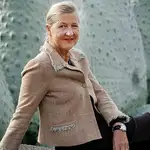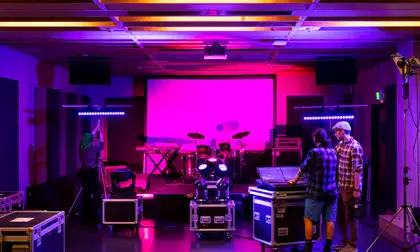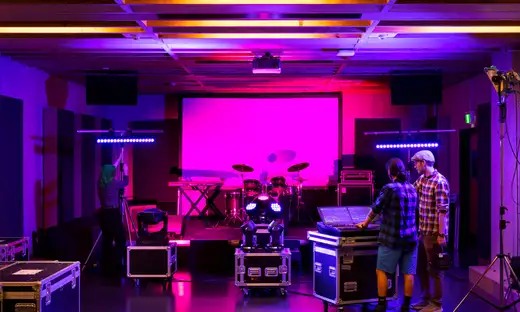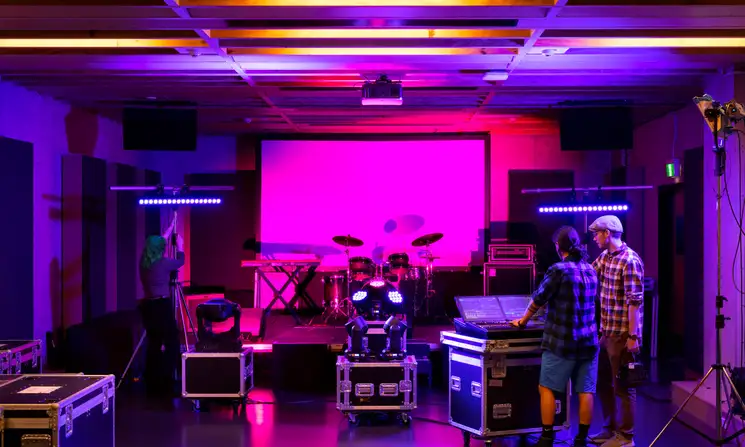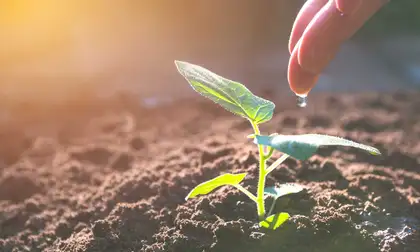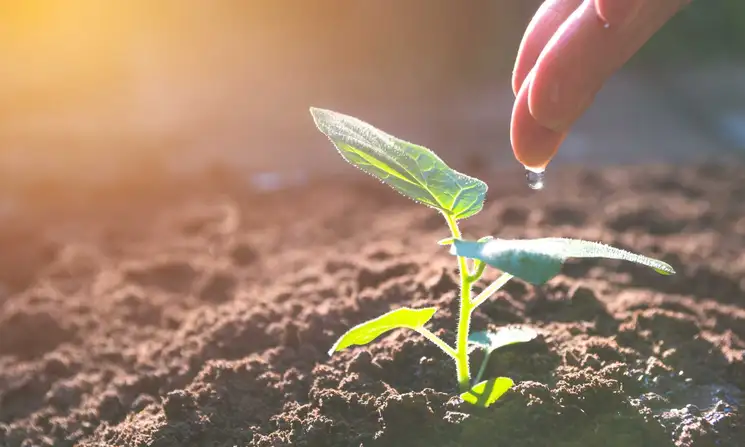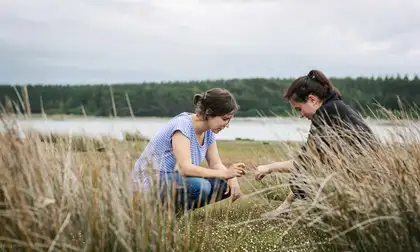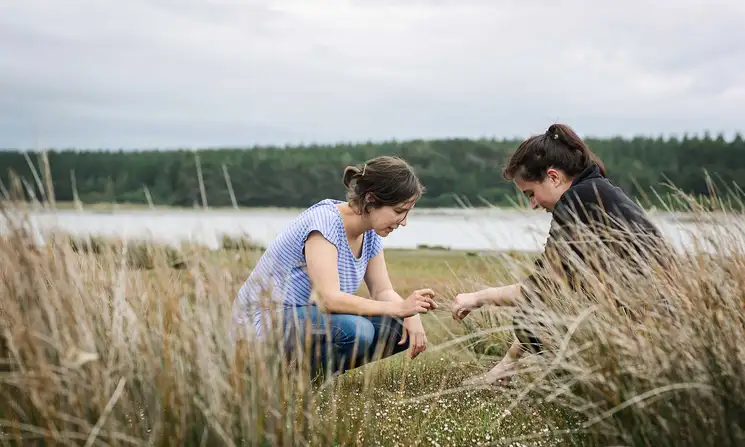Many of Aotearoa New Zealand’s most talented twentieth-century artists created works to enrich public space, often in partnership with leading architects, meaning some of the largest and most ambitious artworks in the country were placed in publicly accessible places such as civic buildings, hospitals, universities, shopping malls and building foyers. Many of these works have now been destroyed, covered over or lost, but many also remain, undocumented and at risk due to a lack of public knowledge of their significance and cultural value.
Dr Bronwyn Holloway-Smith and Sue Elliott from Toi Rauwhārangi College of Creative Arts have developed a research initiative, Public Art Heritage Aotearoa New Zealand, which involves building a register of twentieth-century public artworks around the country, listing both those that are still in public space and those that have been lost or destroyed. With funding from Manatū Taonga the Ministry for Culture and Heritage, they are expanding their website (publicart.nz) to provide access to the register, including images and information about the artworks and artists. They are also working to establish an industry body that connects people working in the public art sector – a first for New Zealand.
We're hoping significant works can be saved
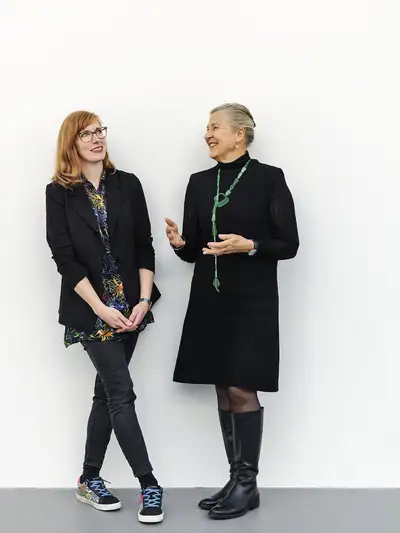
Dr Bronwyn Holloway-Smith and Sue Elliott, Toi Rauwhārangi College of Creative Arts
The project began when Dr Holloway-Smith was researching the landing sites of the Southern Cross Cable Network, which at the time carried almost all of New Zealand’s internet traffic. At the Auckland cable terminal, she discovered that the building had once housed a ceramic tile mural depicting Māui fishing up the North Island, created by Wellington artist E. Mervyn Taylor in 1962, but the tiles had since been taken down and stored in boxes.
This led to a project with public art commissioning group Letting Space to clean the tiles, digitise them, and eventually have the full mural put back in a public space, this time in Takapuna Library. Dr Holloway-Smith then researched the fate of Taylor’s other murals, resulting in a book, Wanted: The Search for the Modernist Murals of E. Mervyn Taylor (Massey University Press, 2018).
Suggestions of other twentieth-century public artworks that might be important soon followed, and Dr Holloway-Smith and Sue Elliott began recording these in a spreadsheet that grew to over 200 works. At that point, they partnered with the Ministry for Culture and Heritage to approach councils around Aotearoa to gather their lists of public art. With funding from Massey’s Strategic Research Excellence Fund, they travelled around the country to visit and document works and meet with people – both those who use the spaces they are displayed in and those who work in the field of public art. Currently, the register lists over 1200 works.
A panel of experts has been assembled to assess these works for national significance. ‘The focus is on protecting and highlighting significant works and recording others to build a picture of the scope of public art practice in Aotearoa,’ says Dr Holloway-Smith.
An interesting finding is that many of the surviving works have had a strong community voice advocating for keeping them accessible. Where that voice has not been present, works can be more vulnerable. ‘Fashion trends in building and interior décor can also put works at risk, and some have been knocked down because they’ve been behind walls and forgotten about,’ says Dr Holloway-Smith. ‘Trying to keep those memories alive is part of what we’re doing. Works have also slipped through gaps because there has never been a body looking out for them.’
The research has also shown that material type is a key factor in whether works survive. There are currently large numbers of painted murals being commissioned, and these tend to have a much shorter lifespan than artworks in more durable media. Elliott says, ‘It will be interesting to see how these and digital works survive ... and where the balance between temporary and permanent works sits in public spaces. We recognise cities and towns need to be organic; situations change, and works are taken down and put in storage; but we’re hoping significant works can be saved through knowledge and greater understanding of their value, and that by building a forum and sharing best practice we can help save works, and/or find them a new home where they can still be viewed.’
‘It feels rewarding to be working on something constructive and giving back to the community,’ adds Dr Holloway-Smith, ‘but I know there is a tragic aspect to it because so much work has been lost or is vulnerable. We’ve seen some incredible works throughout the country and seen many that are at risk. As an artist myself, I feel that looking after our public art is something we could do better as a nation. We are hoping to use this process to save, protect and highlight our shared treasure of the public artworks around the country.’
Brownyn Holloway-Smith and Sue Elliot
Learn more about the researchers discovering and protecting our public art.

Dr Bronwyn Holloway-Smith
Bronwyn is an award-winning artist, author, public speaker, and Director of the Toi Rauwhārangi research initiative Public Art Heritage Aotearoa New Zealand. With international exhibitions of her artworks, she's won a number of awards and commissions. As an author, her writing has been published by Massey University Press, City Gallery Wellington, Art News New Zealand, Art in New Zealand.
